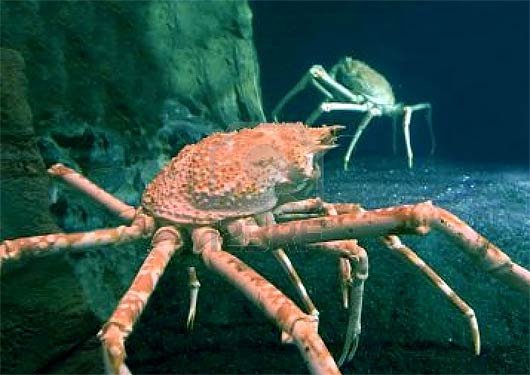
So, what exactly is the role of the king crab in marine ecosystems? Well, let’s dive into the watery world where they thrive, and explore how these crustaceans contribute to the overall health of their environments. From their feeding habits to their interactions with other species, the king crab is a vital player in the underwater drama we call the ocean.
Understanding King Crabs
King crabs belong to a group called decapods, which means they have ten limbs. These creatures are mostly found in the cold waters of the North Pacific and are known for their impressive size—some can weigh over 20 pounds! But did you know that they can also live for up to 20 years? Their long lives give them plenty of time to impact their environment in various ways.
You might be wondering how these crabs fit into the food web. King crabs are considered both predators and prey. They feast on clams, snails, and fish, helping maintain a balance in the underwater food chain. In turn, larger animals like seals and sea otters prey on king crabs, which shows how interconnected life is in the ocean.
The Feeding Habits of King Crabs
King crabs are opportunistic feeders, meaning they eat whatever is available. Their diet mainly consists of:
- Clams
- Snails
- Small fish
- Detritus (dead organic matter)
By consuming these different food sources, they help control populations of various species. This activity promotes diversity within the marine ecosystem, preventing any one species from dominating. Here’s the thing: when certain species are overpopulated, they can lead to imbalances that affect everyone in the ecosystem. King crabs help keep these populations in check!
Their scavenging habits also contribute to the ocean’s nutrient cycling. When they consume dead matter, they break it down, allowing nutrients to be returned to the water. This process is crucial because it supports the growth of other marine life, like algae and phytoplankton, which are the foundation of the aquatic food web.
King Crabs as Habitat Engineers
You might not think of crabs as builders, but king crabs play a significant role in shaping their habitats. They create burrows in the ocean floor, which provide shelter for other creatures. Think of it like the king crab’s little apartment complex, where smaller fish and invertebrates can find protection from predators.
These burrows also influence sediment composition and water flow, making the surrounding environment more hospitable for various marine life. This effect leads to increased biodiversity in the areas where king crabs thrive. Their presence can turn a barren area into a bustling community, rich with life.
Moreover, as they roam the ocean floor, king crabs stir up sediment, which can help release trapped nutrients back into the water column. This process enhances growth for plants and microorganisms, creating a healthier ecosystem for everyone.
The Economic Importance of King Crabs
While the ecological role of king crabs is vital, their economic importance can’t be overlooked. They are a major part of the commercial fishing industry, especially in regions like Alaska. Harvesting these crabs provides jobs and contributes to local economies, making them a valuable resource.
However, the demand for king crabs can have negative consequences. Overfishing and habitat destruction threaten not only the crab populations but also the marine ecosystems that depend on them. Sustainability is key. Implementing responsible fishing practices can help ensure that king crab populations remain stable and continue to fulfill their roles in the ocean.
The Impact of Climate Change on King Crabs
Climate change poses a significant threat to marine ecosystems, including the habitats of king crabs. Rising ocean temperatures can affect their reproductive cycles and migration patterns. For instance, warmer waters can lead to shifts in their food sources, which can impact their ability to thrive.
Additionally, changes in ocean acidity due to increased carbon dioxide may disrupt the growth of the organisms king crabs feed on, like shellfish. If their food sources dwindle, it could lead to a decline in their population, which would ripple throughout the entire marine ecosystem.
Protecting king crabs is essential not just for their survival but also for the health of the entire marine ecosystem. Conservation efforts and climate action are necessary to preserve the delicate balance in our oceans.
In the grand scheme of marine ecosystems, king crabs are much more than just a dish on a menu. They are key players, influencing everything from food chains to habitat structures. Their feeding habits help maintain balance, while they also serve as habitat engineers, creating spaces for countless other species.
As we face challenges like overfishing and climate change, it’s crucial to recognize the importance of king crabs in our oceans. By understanding and protecting these magnificent creatures, we’re not just saving a species; we’re safeguarding the health of our marine ecosystems. So, next time you see king crab on your plate, remember the bigger picture and the role these remarkable animals play in our oceans. We all share this planet, and every species has its part to play.
